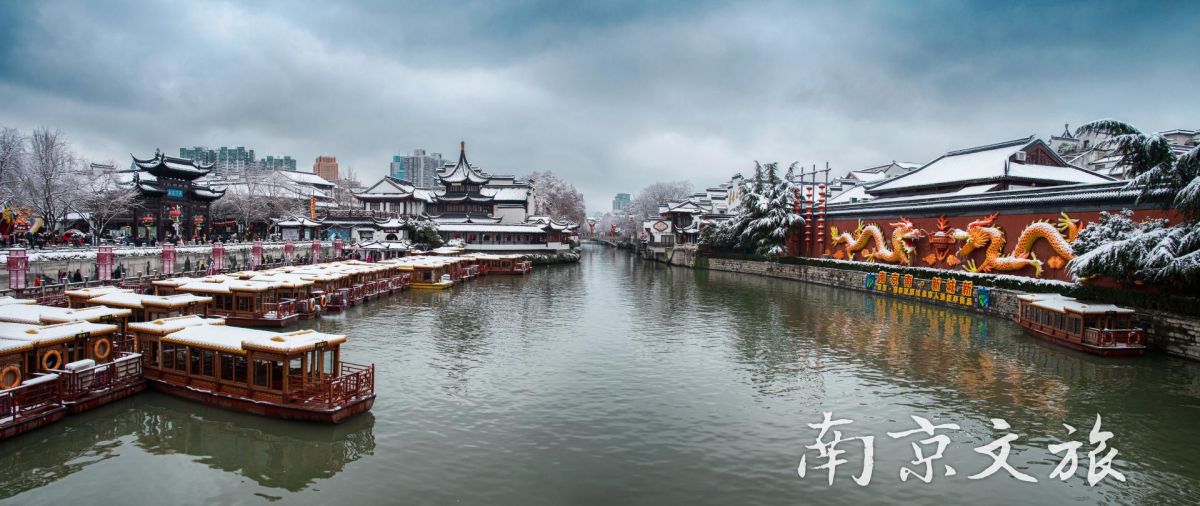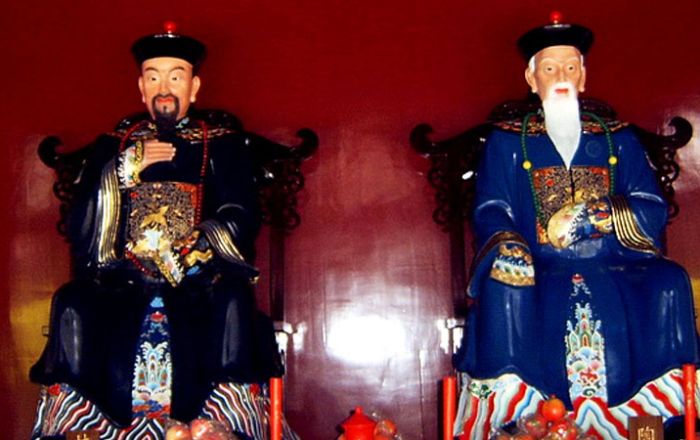Lin Zexu (1785-1850)was a Chinese scholar and official of the Qing Dynasty. He is most recognized for his conduct and his constant position on the "moral high ground" in his fight, as a "shepherd" of ...
Chien-Shiung Wu Memorial Hall
Chien-Shiung Wu ( May 31, 1912 – February 16, 1997) was a Chinese American physicist with expertise in the techniques of experimental physics and radioactivity. She worked on the Manhattan Project, he...
Zhenbaofang Food-Stall Restaurant (珍宝舫大排档)
Antique decoration reveals the style of old gentility. You will feel pretty well in the atmosphere of history, elegance and dignity. Attendants are also warm and considerate.
Gan’s Grand Courtyard
Gan’s Grand Courtyard – a historical family complex surprised you with its richness in wealth and folk arts.
This 200-year-old grey-shingled white-walled estate is also called ‘99 rooms and a half’ to signify the vastness of the former home of a wealthy local Gan family. It occupies an area of about 1 hectare. Most rooms are restored to their early 20th century appearance. You could appreciate the grace and exquisiteness of traditional buildings and read the ups and downs of the whole family with a history of thousand years.
Ming Palace Ruins Park
This park is located on the site of the former palace of Zhu Yuanzhang, first Emperor of the Ming Dynasty. Built from 1366-84 it was apparently a very impressive palace. There were the Imperial Ancestral Temple, the state altar and all facilities of the imperial palace. When Zhu Di moved the capital from Nanjing to Beijing, he built Beijing Imperial Palace in imitation of Ming Palace in Nanjing. Ming Palace was destroyed in the war at the end of the Qing Dynasty. Now what remain are only some carved stones, building foundation, column base, etc.
Drum Tower Park and Big Bell Pavilion
The Drum Tower lying on the western side of the People's Square in Nanjing City was first built in 1382 in the Ming Dynasty. Afterward, it was destroyed and rebuilt for several times. The existing structure was built at the end of the Qing Dynasty. The elevated stand of brick on which Drum Tower is rested is the original one of the Ming Dynasty. It is 8.9 meters high, 44.4 meters from east to west, and 22.6 meters from south to north. In the middle are three cylinder-shaped passageways from east to west for people to pass through.
Pagination
- Previous page
- Page 2



